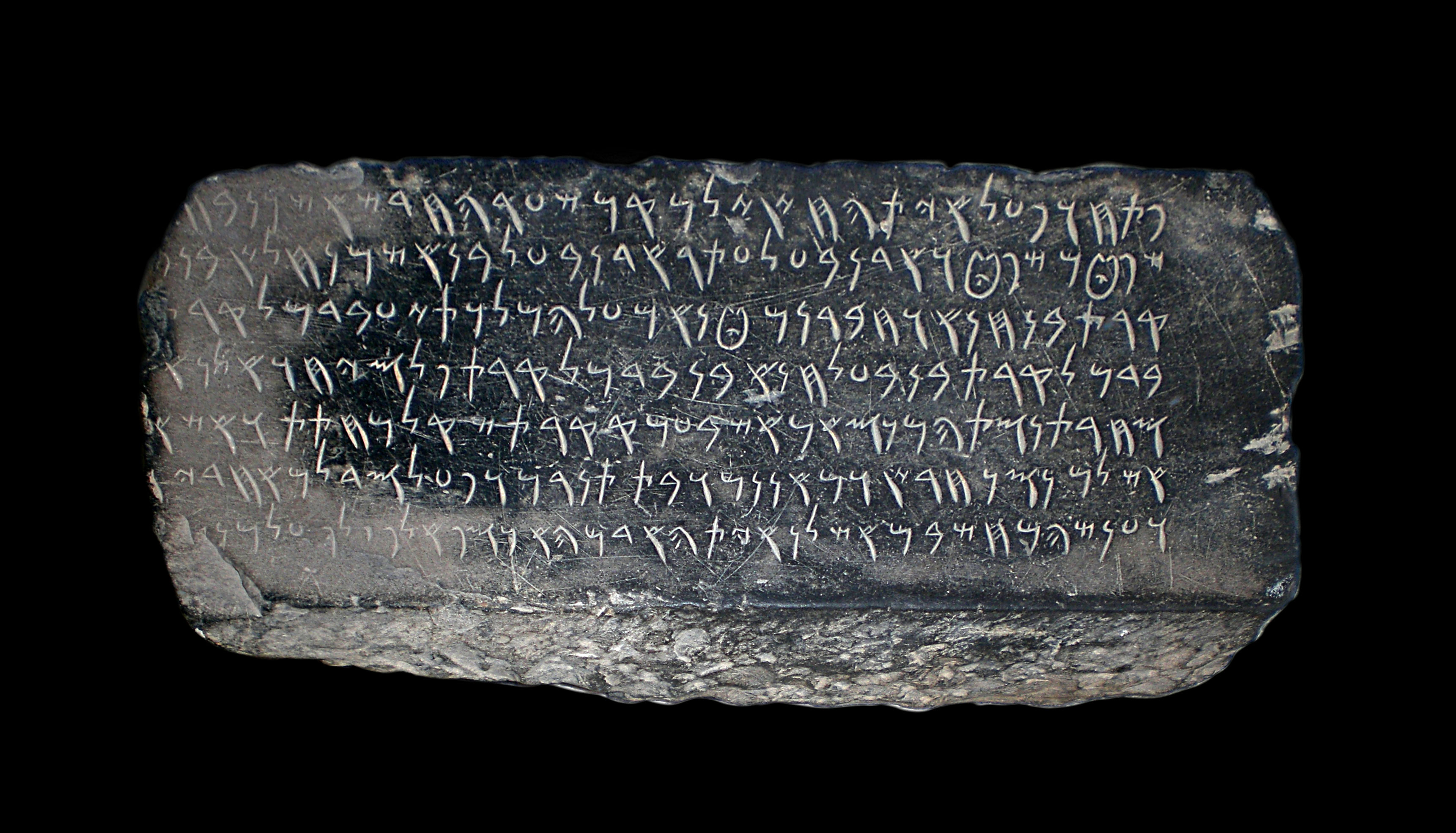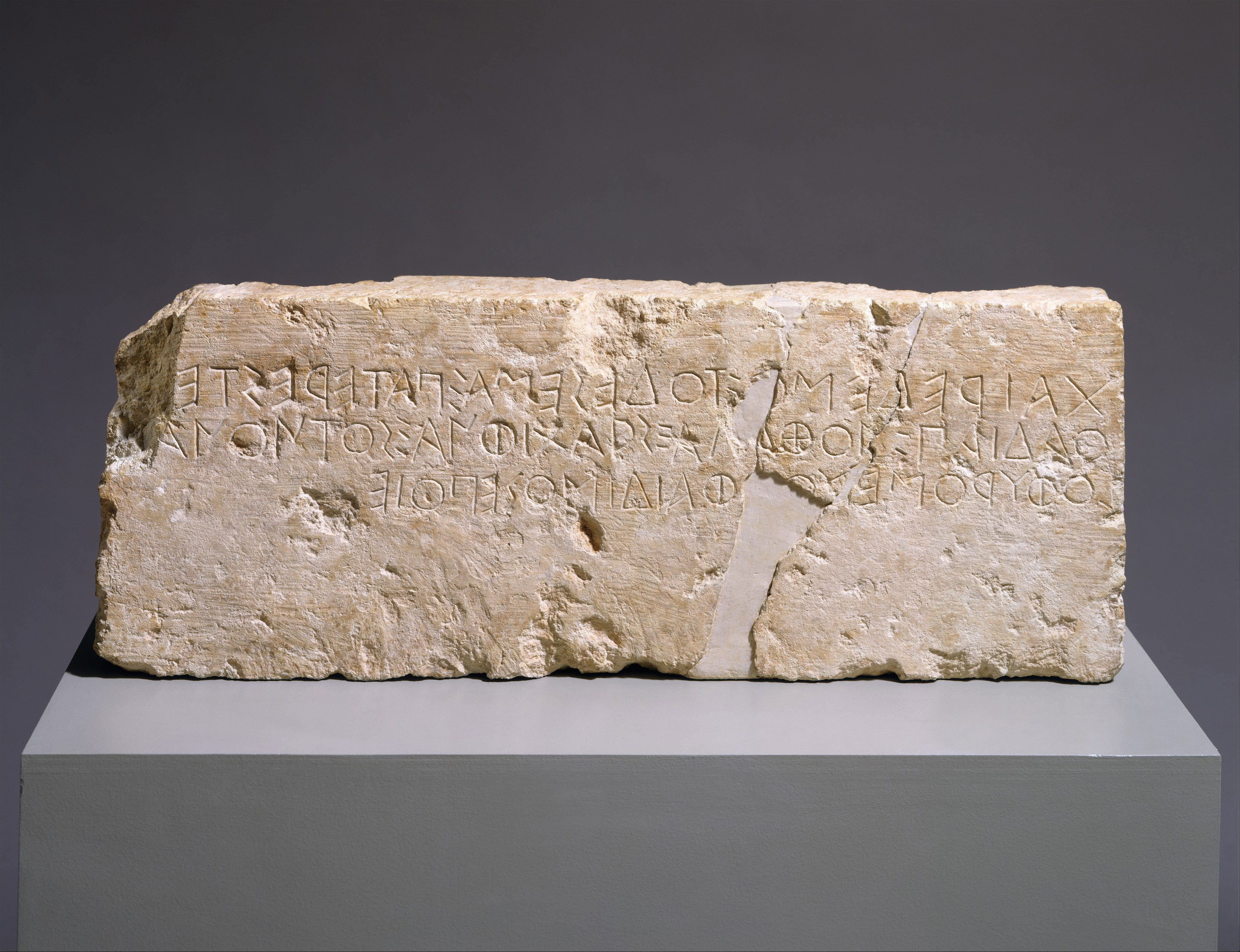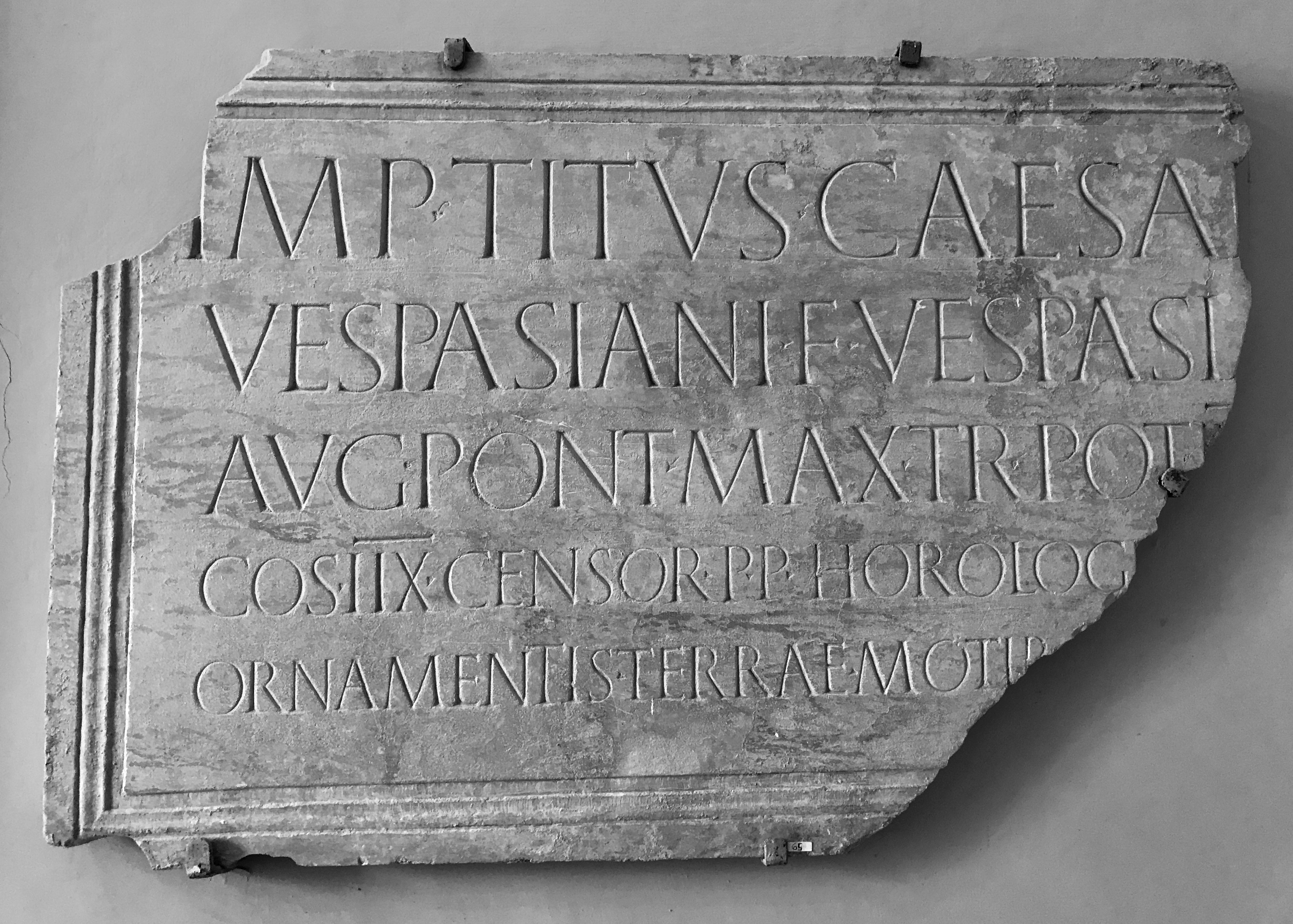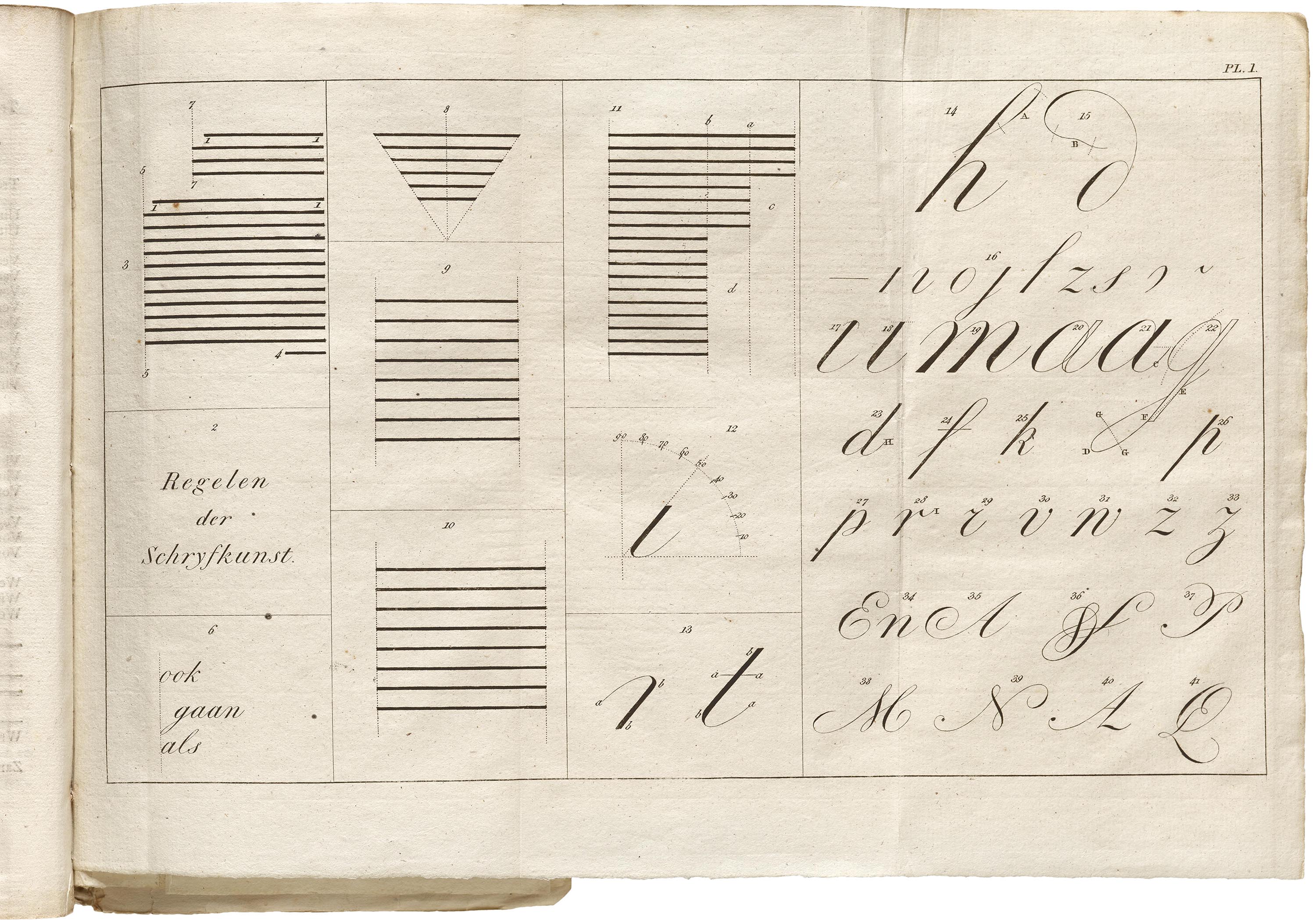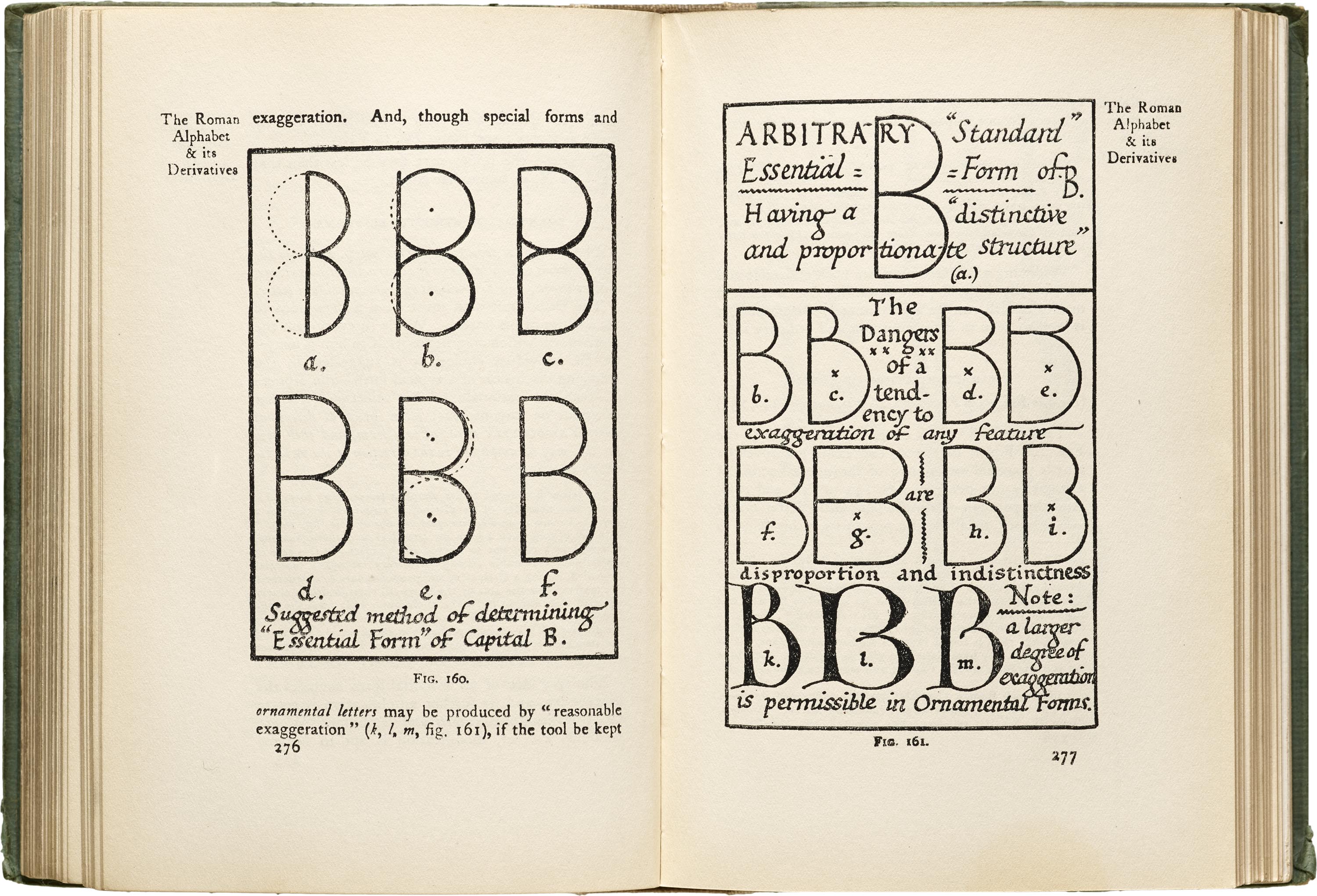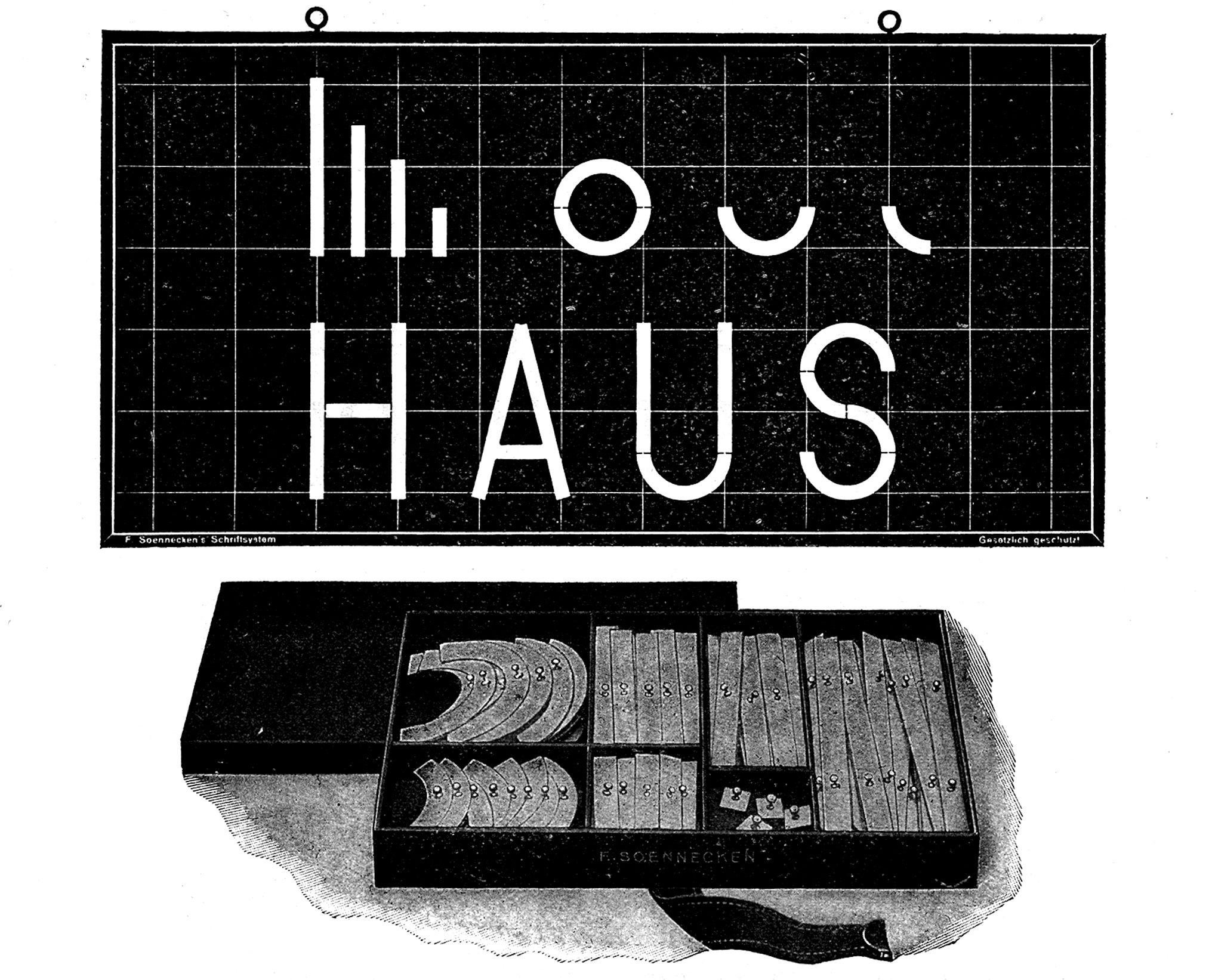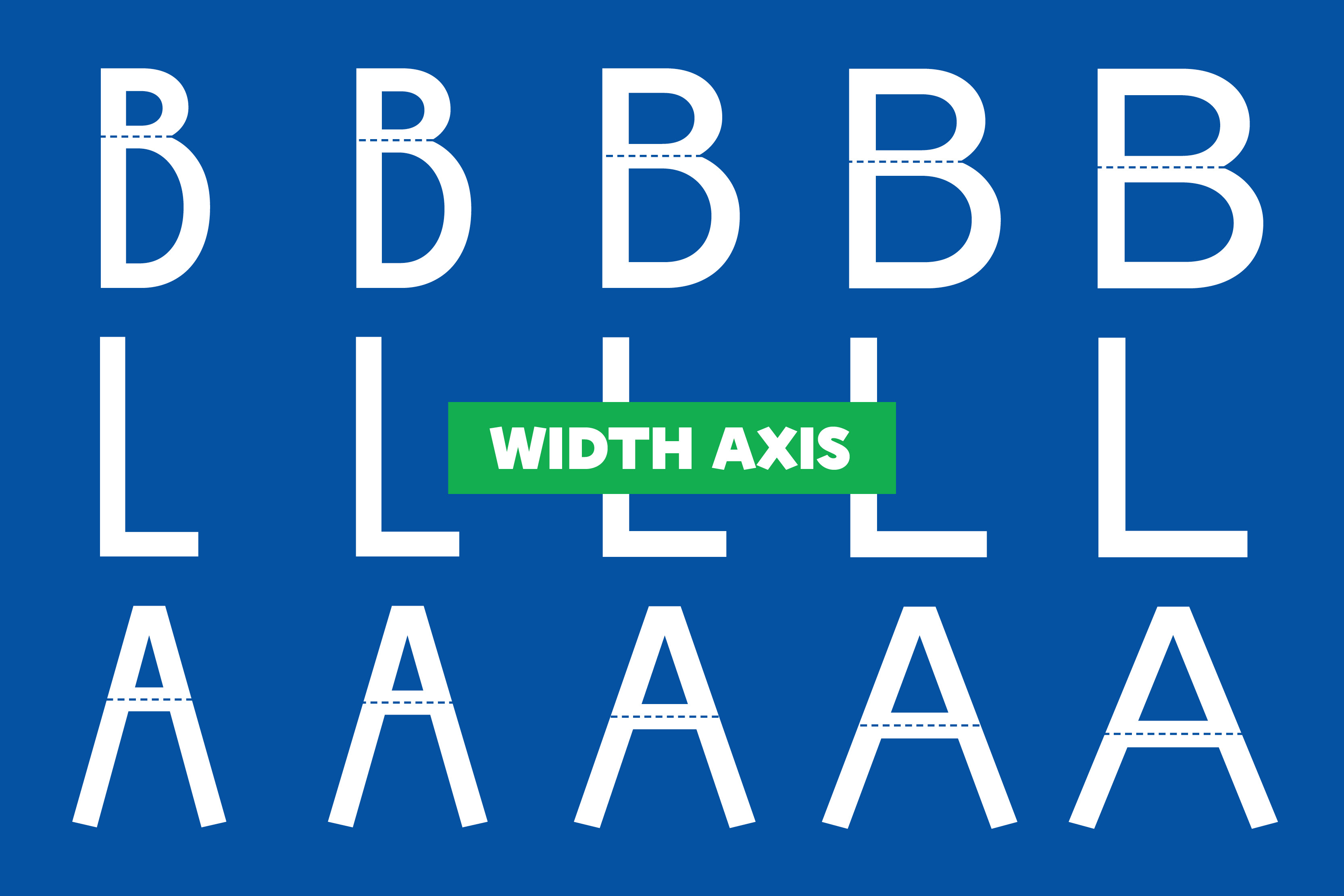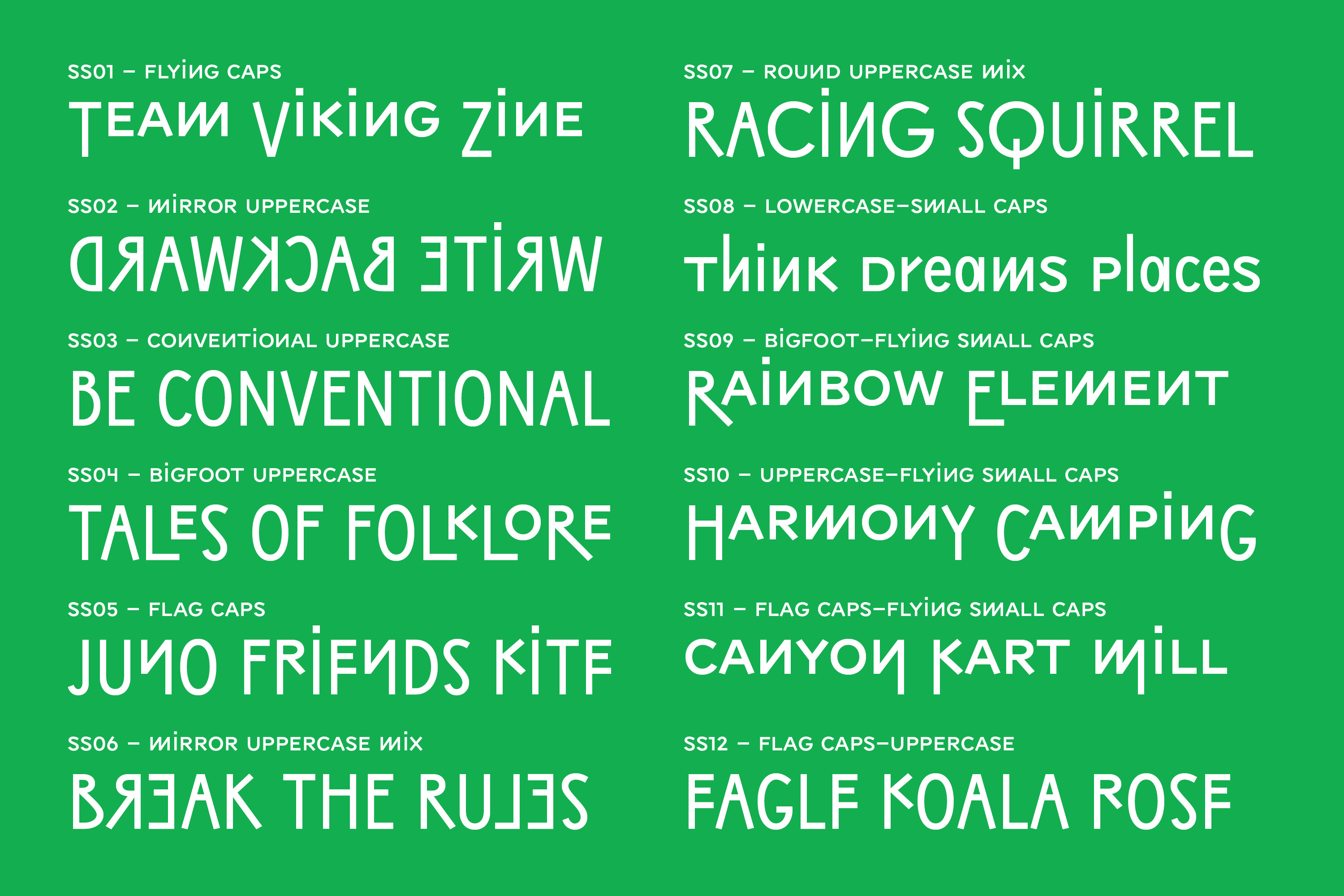We all have our own story and relationship to handwriting. The origin and evolution of typography lie in handwritten forms. Studying the practice of handwriting helps to understand the structure and rationale behind each letter and gives inspiration to new typographical forms.
Around the time when NM type was starting up, Noel, one of its founders, became a father. Our new project is inspired by the handwriting of Noel’s four-year-old son, Sixten, and seeing the forms of the alphabet from a fresh perspective. NM type’s new typeface is a display font that references the unbridled creativity of a child, not burdened by the rules of handwriting yet.
This essay offers information on the connection between handwriting and type, the influence of children’s education and the history of writing.
Evolution of lettershapes
The Phoenicians, in 100 BCE, planted the seed for many alphabets today. In their writing system one sign represented one sound. The complete alphabet contained only 22 characters, which were all consonants. Shapes were borrowed from previous hieroglyphic forms and letters were named with words that started with the sound they represented. The power of their alphabet meant that letters could be used in different languages and improve literacy. Their simple linear shapes became the source for the Greek and the Roman letterforms we still use today.
